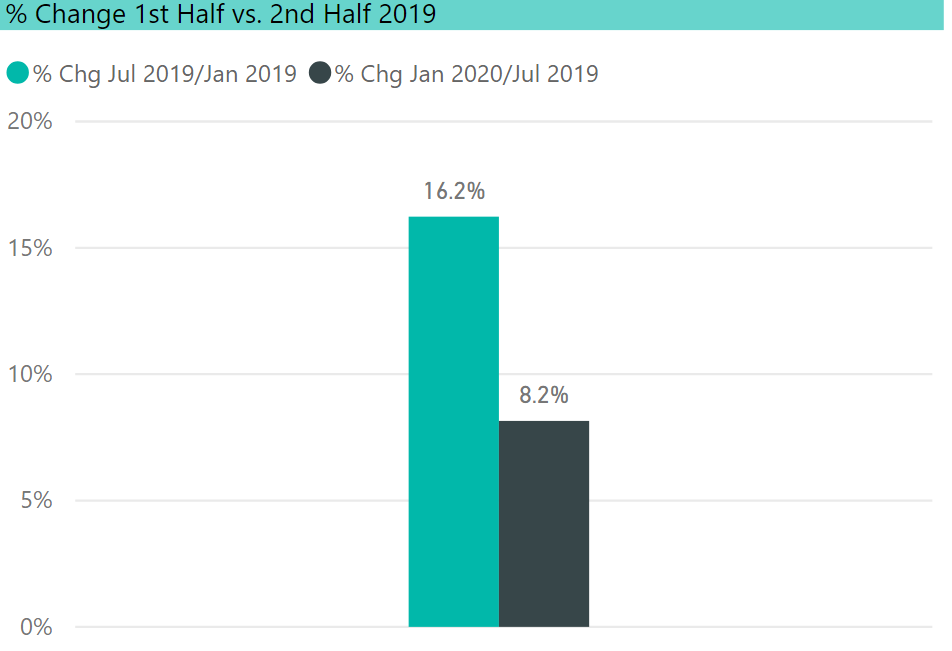CHEAPR Changes in Context of Registration and Sales Data – It’s Still Bad
Changes to CHEAPR Cause Rebates to Plummet and Bring Down Overall Results for CT
In addition to the rebate data, we now have data for EV sales nationally and EV registrations in CT for the full year 2019 to provide greater context to what appears to be some seriously misguided decision-making going on in CHEAPR-land.
As noted in earlier posts, the changes made to reduce the size of the rebates, and arguably, more importantly, lower the price cap for eligibility, have caused rebates to plummet 71% in units and 87% in dollar volume. At the current run-rate, the program will only expend about $520,000 of its $3-million allotment.
Tesla Model 3 rebates fell 92% and accounted for 70% of the overall decline. Chevy Bolt rebates fell 85% and Nissan Leaf rebates dropped 75%. Both the Bolt and Leaf declines came from much lower starting points than the Model 3.
We now have CT EV registration data for 2019, and we have two points in time, July 1, 2019, and Jan 1, 2020, enabling the separate evaluation of the first vs second half of the year. As seen in the chart below, from Jan 1, 2019, to July 1, 2019, EV registrations rose 16.2%. From July 1, 2019, to Jan 1, 2020, they rose 8.2%. The changes to CHEAPR took effect on October 15 and correlate with the declining rate of increase.

This is counterpointed by the fact that nationally, sales of EVs were 22% higher in the second half of the year.
CT and the rest of the country are headed in different directions.